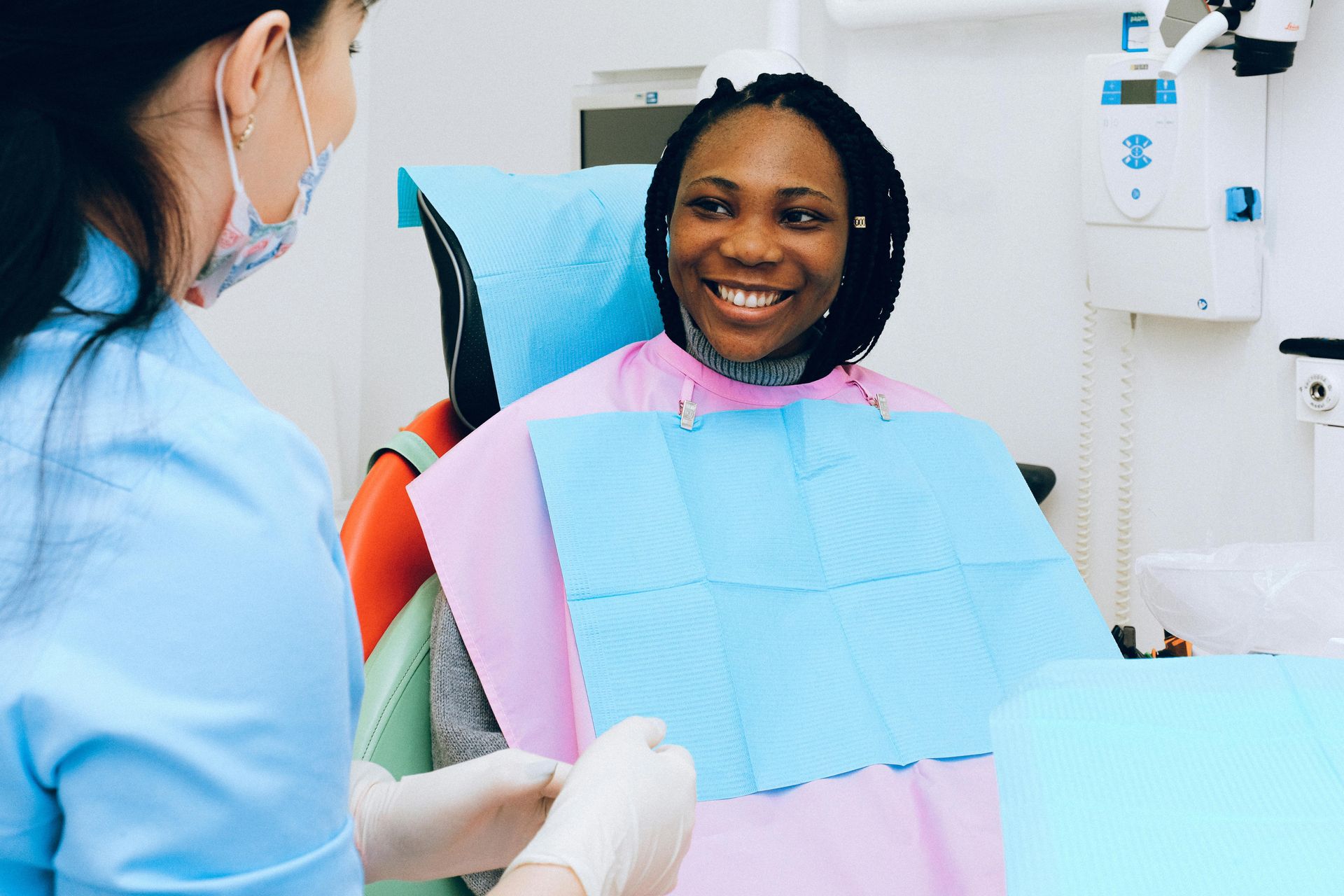Intraoral Cameras: A Glimpse Inside Your Dental Health
October 21, 2024
Technological advancements continue to revolutionize patient care and diagnostic precision. Among these innovations is the intraoral camera, a tool that has significantly transformed dental practices. This compact, powerful device offers a unique view into the oral cavity, enabling dentists to provide enhanced care and better communication with patients. By allowing both practitioners and patients to see detailed images of dental conditions, intraoral cameras have become indispensable in modern dentistry.
Understanding Intraoral Cameras
Definition and Functionality
Intraoral cameras are compact, lightweight devices used in dental practices to take high-resolution images of the interior of a patient's mouth. They are equipped with a tiny camera that captures detailed images of teeth, gums, and other areas within the oral cavity. These images are then displayed on a screen, allowing both the dentist and the patient to view them in real time. This visual aid is invaluable for diagnosis, treatment planning, and patient education.
Historical Context
The journey of dental imaging technology has been marked by significant milestones. Initially, dentists relied on traditional X-rays, which provided only a two-dimensional view of the teeth and bones. Over time, advancements in digital imaging technology led to the development of panoramic X-rays and 3D imaging. The introduction of intraoral cameras in the late 20th century marked a significant leap forward, providing a more detailed and immediate view of the oral cavity, and enhancing diagnostic capabilities and patient interaction.
Technical Aspects
An intraoral camera typically consists of a small wand fitted with a camera and LED lights to illuminate the area being examined. The camera is connected to a computer or a monitor, where the captured images are displayed. This setup allows dentists to obtain a clear and magnified view of the mouth, helping in the identification of issues such as cavities, plaque buildup, and gum disease. The ability to save and store images also aids in tracking changes over time and documenting treatment progress.
Importance in Modern Dentistry
Intraoral cameras have become essential tools in modern dental practice. They not only facilitate accurate diagnosis but also enhance communication between the dentist and the patient. By providing a visual representation of dental issues, these cameras help patients understand their conditions better and make informed decisions about their treatment options. This transparency and clarity are crucial in building trust and fostering a collaborative environment between patients and dental professionals.
Enhancing Patient Education and Engagement
Visual Learning
Visual aids have long been recognized as powerful tools for learning and comprehension. In the context of dentistry, images captured by intraoral cameras serve as an educational resource for patients. When patients can see the issues affecting their oral health, such as cavities or gum inflammation, they are more likely to grasp the significance and urgency of recommended treatments. This visual learning approach empowers patients to take an active role in their dental care.
Transparency in Diagnosis
One of the key benefits of intraoral cameras is the transparency they bring to the diagnostic process. Patients can view the same images as their dentist, providing a clear and objective basis for diagnosis. This transparency helps demystify the dental examination process and allows patients to see exactly what the dentist sees, fostering a sense of involvement and understanding.
Increased Trust
The use of intraoral cameras can significantly enhance the trust between patients and dentists. When patients are included in the diagnostic process and can visually confirm the dentist's findings, they are more likely to trust the recommended treatment plans. This trust is further reinforced when patients see improvements in follow-up images after treatment.
Real-World Examples
Consider a scenario where a patient visits a dental clinic with a complaint of tooth pain. The dentist uses an intraoral camera to reveal a small cavity that is not visible to the naked eye. By showing the patient the image and explaining the issue, the dentist can effectively communicate the need for a filling. In another case, a patient concerned about gum disease can see inflamed areas through the camera, prompting them to take preventive measures. These examples illustrate how intraoral cameras can improve patient outcomes by enhancing understanding and cooperation.
Broader Implications in Dental Technology
Advancements in Patient Care
The integration of intraoral cameras into dental practices represents a broader trend toward incorporating advanced technology in patient care. These devices not only enhance the quality of care provided but also streamline the diagnostic process, making it more efficient and accurate. This efficiency translates into more time for dentists to focus on patient interaction and personalized treatment planning.
Role in Preventive Dentistry
Intraoral cameras play a crucial role in preventive dentistry by allowing early detection of potential issues. By identifying problems such as plaque buildup or early signs of decay, dentists can recommend preventive measures before more serious issues develop. This proactive approach helps maintain oral health and reduces the need for invasive procedures.
Educational Opportunities for Dental Professionals
Intraoral cameras offer educational benefits for dental professionals. By reviewing captured images, dental teams can engage in collaborative learning and case discussions, enhancing their skills and knowledge. This continuous learning environment contributes to the overall advancement of dental care standards.
Intraoral Cameras at Stephens Dentistry
Integration into Practice
At Stephens Dentistry, intraoral cameras are seamlessly integrated into routine dental examinations. These cameras are used to provide patients with a comprehensive view of their oral health, enabling more precise and personalized care. By incorporating this technology into their practice, Stephens Dentistry ensures that patients receive the highest standard of care.
Collaborative Treatment Planning
The images captured by intraoral cameras play a crucial role in collaborative treatment planning at Stephens Dentistry. Dentists use these images to discuss treatment options with patients, ensuring they are fully informed and involved in the decision-making process. This collaborative approach not only enhances patient satisfaction but also leads to more successful treatment outcomes.
Patient Testimonials
Patients at Stephens Dentistry have expressed appreciation for the use of intraoral cameras in their dental care. Many have noted how seeing images of their dental issues helped them understand their conditions better and trust the recommended treatments. Such feedback underscores the positive impact of intraoral cameras on patient experience and satisfaction.
Local Impact
Offering advanced technology like intraoral cameras is significant for the Evanston and North Shore communities. By providing state-of-the-art dental care, Stephens Dentistry contributes to raising the standard of oral health in the region. This commitment to innovation and excellence benefits not only individual patients but also the broader community.
Intraoral cameras represent a significant advancement in dental technology, transforming the way dentists diagnose and communicate with their patients. By improving patient education, enhancing transparency, and fostering trust, these devices have become indispensable tools in modern dental practice. At Stephens Dentistry, the integration of intraoral cameras exemplifies their commitment to providing exceptional care to the Evanston and NorthShore communities. Through innovative technology and a patient-centered approach, Stephens Dentistry continues to set a high standard for dental care.
Contact Stephens Dentistry today
for inquiries or to schedule an appointment. Our team is dedicated to providing exceptional dental care and addressing all your oral health needs.







